Government Initiatives and Support
The Vehicle RFID Tag Market is benefiting from various government initiatives aimed at promoting smart technologies in transportation. Governments are increasingly recognizing the potential of RFID technology to improve traffic management, enhance safety, and streamline logistics. Initiatives such as subsidies for RFID implementation and the establishment of standards for vehicle identification are encouraging manufacturers to adopt RFID solutions. Recent reports suggest that government funding for smart transportation projects, including RFID systems, is expected to reach billions of dollars in the next few years. This support is likely to accelerate the adoption of RFID tags in vehicles, further propelling market growth.
Enhanced Vehicle Security Solutions
The Vehicle RFID Tag Market is significantly influenced by the growing need for enhanced vehicle security solutions. With rising concerns over vehicle theft and unauthorized access, RFID tags are being increasingly utilized to provide robust security features. These tags enable real-time tracking and monitoring of vehicles, allowing owners to receive alerts in case of suspicious activities. The market data indicates that the demand for RFID-based security systems is expected to increase by 20% in the coming years, as consumers prioritize safety and security in their vehicle purchases. This trend is likely to drive innovation in RFID technology, leading to the development of more sophisticated security solutions.
Rising Demand for Fleet Management Solutions
The Vehicle RFID Tag Market is witnessing a notable increase in demand for fleet management solutions. Companies are increasingly adopting RFID technology to optimize their fleet operations, improve efficiency, and reduce costs. RFID tags enable real-time tracking of vehicles, allowing fleet managers to monitor vehicle locations, fuel consumption, and maintenance schedules. Market analysis indicates that the fleet management sector is projected to grow at a rate of 18% annually, driven by the need for enhanced operational efficiency and cost savings. This trend is likely to bolster the demand for RFID tags, as businesses seek to leverage technology for better fleet management.
Technological Integration in Automotive Systems
The Vehicle RFID Tag Market is experiencing a surge due to the integration of RFID technology into modern automotive systems. As vehicles become increasingly connected, the demand for RFID tags that facilitate seamless communication between vehicles and infrastructure is rising. This integration enhances functionalities such as automated toll collection, vehicle tracking, and fleet management. According to recent data, the market for RFID tags in vehicles is projected to grow at a compound annual growth rate of approximately 15% over the next five years. This growth is driven by advancements in RFID technology, which are making tags more efficient and cost-effective, thereby encouraging their adoption in various automotive applications.
Consumer Awareness and Adoption of Smart Technologies
The Vehicle RFID Tag Market is also being propelled by increasing consumer awareness and adoption of smart technologies. As consumers become more informed about the benefits of RFID technology, such as improved convenience and enhanced vehicle functionality, the demand for RFID tags is expected to rise. Surveys indicate that a significant percentage of consumers are willing to invest in vehicles equipped with advanced RFID systems for features like keyless entry and automated toll payments. This growing consumer interest is likely to drive manufacturers to innovate and incorporate RFID technology into their vehicles, thereby expanding the market for RFID tags.


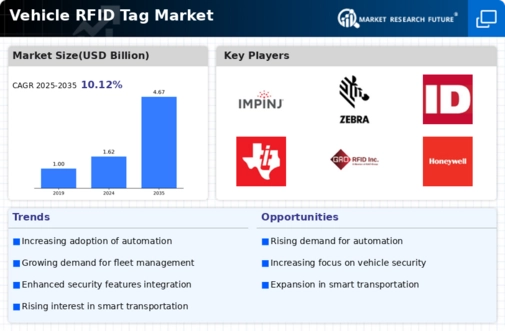
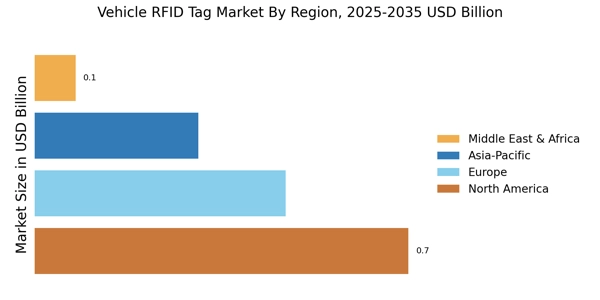

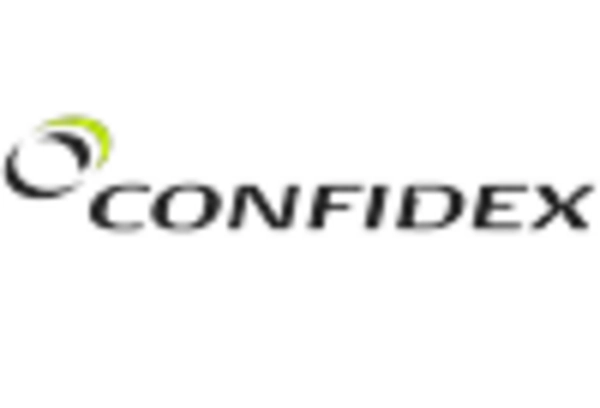
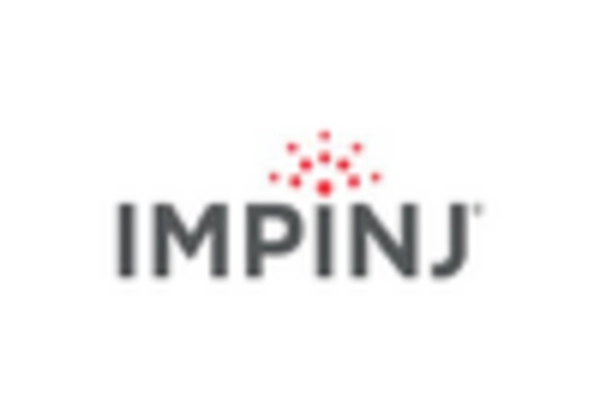

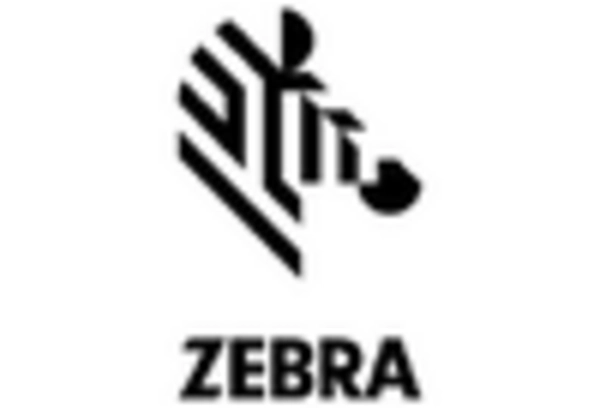








Leave a Comment